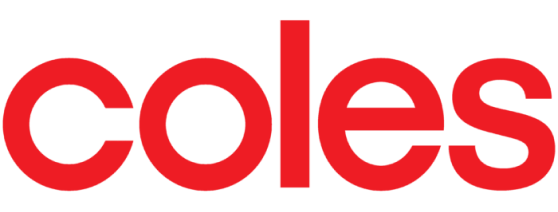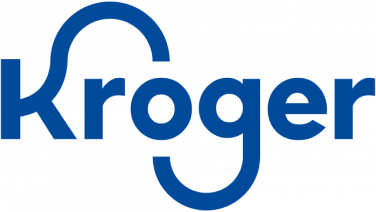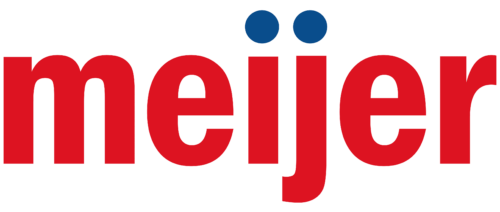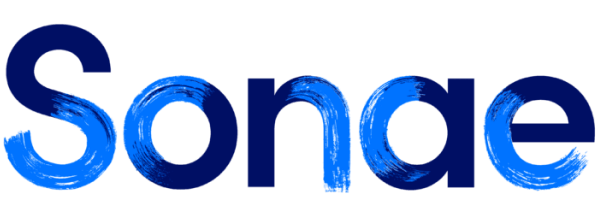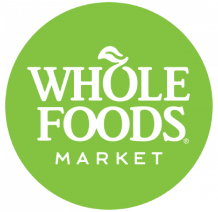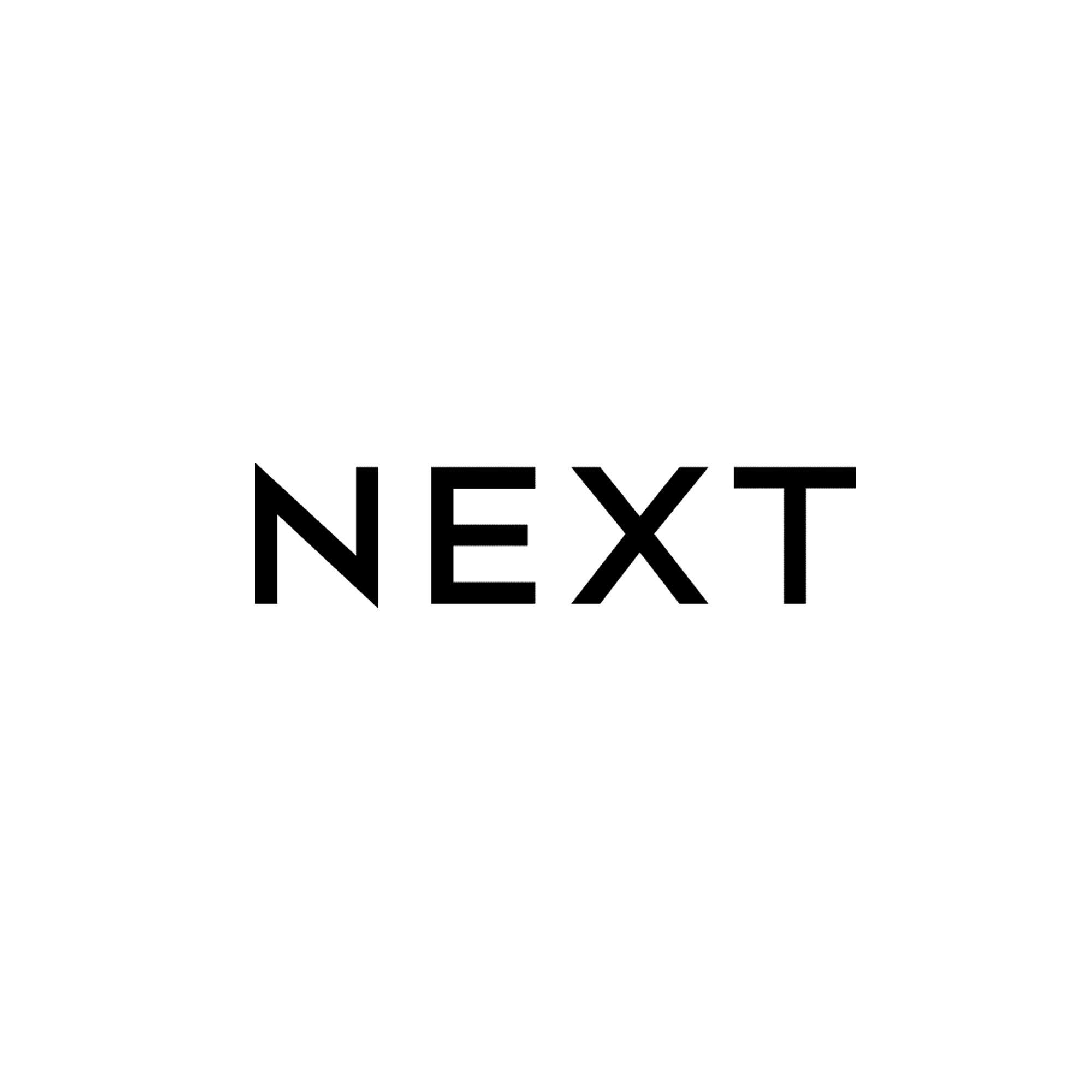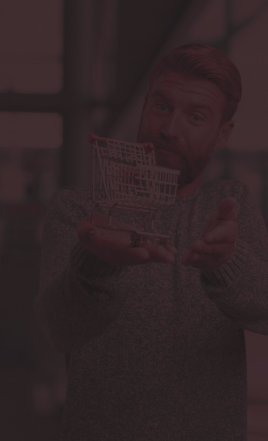Cargo theft and supply chain / freight crime presents a growing challenge for retailers. These thefts can be internal (committed by company employees) or external (organised criminals targeting goods) or sometimes a combination of the two as bad actors infiltrate the business by taking up driving jobs with the intention of stealing. The scale of the opportunity is significant, one retailer shared that they have over €200 million of goods in transit every day. Just one basis point of loss would be a significant hurt on the bottom line for any retailer. The problem spans from organised cargo theft by external actors through to internal theft by company employees and then contract drivers, sometimes infiltrated by criminal gangs. With the constant push for productivity savings, most retailers do not carry out extensive accuracy checks of deliveries received from their own distribution centres, this can mean, at worst, that these crimes can go completely unnoticed, and at best, that the missing products are detected but a long after the time when the goods were originally stolen. This lack of visibility to the problem and absence of any hard data on the scale, timing and nature of the losses creates a "blind spot" for many retailers, and so it is perhaps no surprise that we see very divergent approaches and levels of investment in team members, with many retailers not even resourcing a full time loss prevention manager position dedicated 100% to freight crime. However, when retailers were recently surveyed as to the percentage of their overall unknown loss number that they believe can be attributed to freight crime, the consensus was eight percent, by no means insignificant. Thinking specifically about what was being stolen, the working group has identified that it was the high-value, fast-moving goods such as tobacco, wine and spirits, health and beauty items, and even toys like LEGO that were the primary targets. These products are often untraceable and have high resale value, making them very attractive to thieves. The theft typically occurs in two scenarios: Organised External Theft: This involves fake transport contractors, cloned company identities, and “strategic theft” where criminal gangs intercept shipments by posing as legitimate carriers or. Internal Theft: This includes drivers, particularly from third-party logistics providers, stealing goods during transit. Common tactics involve tampering with security seals, using GPS jammers to block tracking, and manipulating delivery records. The role of collusion is high, where members of staff at the distribution centres and stores can and do play a critical role in enabling freight crime. Further, there are also several systemic weaknesses that also help enable freight crime, namely: The absence of robust inbound checks at the store, especially for the deliveries from their own Distribution Centres where the adoption of the “assumed receipt,” process has meant that goods are not verified upon arrival, giving room for theft to go unnoticed. It is noticeable that the secure totes retailers use for tobacco, or other high value items were said to be less targeted by the thieves. The weak vetting of transport partners. Fraudulent subcontractors can infiltrate supply chains using fake credentials or hijacked logistics identities. This news piece from the UK expands on this problem (click here) The poor and low levels of technology adoption, for example, the limited use of GPS tracking, tamper detection, and real-time monitoring reduces visibility during transit. And for those retailers who have actually adopted this technology, a further limitation is their lack of understanding as to how these systems can be tampered and the tracking data corrupted. As highlighted earlier, because data on this problem, especially skimming, is hard to measure, monitor and track, not least because the data and problem sits across functions, with sometimes competing incentives, each retailer chooses to prioritise it differently in their response and then resource allocation, for example: One UK retailer has invested heavily, growing their security team from 4 to over 20 (including 12 investigators and 4 analysts), deploying anti-tailgating locks, GPS tracking, covert operations and data analytics to identify unscheduled stops and suspicious driver behaviour. Yet, another retailer, based in USA with over 8,000 store locations shared that they have only just this year appointed one full time employee against freight crime, and up until their appointment had not made a single apprehension of a driver caught stealing. Other retailers in our working group we believe sit somewhere between the two, with different levels of investments in dedicated resources, GPS systems, trackers, locks, data analytics and reporting. Thinking about the actions retailers are taking to prevent, mitigate and manager, the below five are the most common actions. , Strengthen Driver and Partner Vetting: Implement robust ID and background checks for all logistics providers and subcontractors. Deploy GPS, Tamper and Lock Technology: Adopt GPS systems with tamper alerts, seal monitoring, and jamming detection tools and super strength locks. Improve Inbound Verification: Transition away from “assumed receipt” but without adding store hours, by using digital pallet validation systems or AI-driven image comparison. Centralise Intelligence and Incident Reporting: Establish dedicated teams to analyse suspicious behaviours, track loss patterns, and share intelligence with other retailers and police. Design Targeted Prevention Measures: Focus on route analysis, secure parking, and predictable routine disruption. The above is not meant to be an exhaustive list on possible actions, for example, there is a role for government policy makers to increase the sanctions for freight crime. An excellent resource for some further context and detail on this problem can be found in the report by Professor Emmeline Taylor that can be accessed for free via this link. Click here. Finally, as retailers seek to strengthen their internal freight crime capability, here could be five questions they could ask of themselves to assess their readiness to manage the problem of freight crime. Do we have real-time visibility of goods in transit, including GPS tracking and tamper detection? Are we exploring new innovative and automated ways to verify the accuracy of the deliveries at distribution centres to confirm complete receipt of goods? How robust is our vetting and oversight of third-party transport partners and subcontractors? Do we have a dedicated team analysing transit data and investigating suspicious patterns? Are we collaborating effectively with law enforcement and peer retailers on cargo theft intelligence? This problem of freight crime will be a focus for the working group going forwards, with online meetings planned to support a collaborative approach to the problem. Any retailer or CPG can join our working group at no cost. Click here to learn more and register for upcoming meetings.










